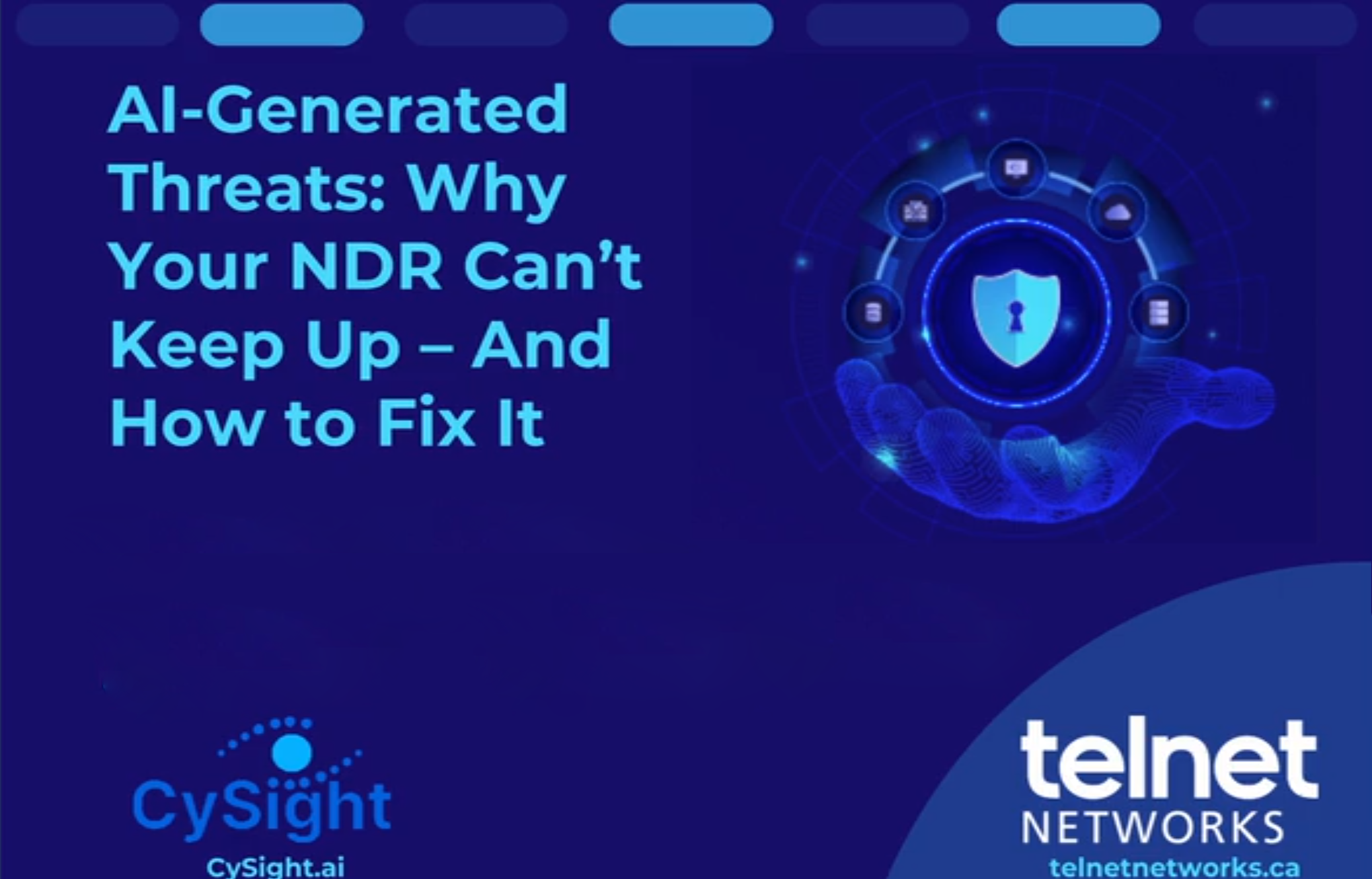Remember the “good old days” when everyone that worked got in their car and drove to a big office building every day? And any application that a user needed was housed completely within the walls of the corporate datacenter? And partners / customers had to dial a phone to get a price or place an order? Well, if you are as old as I am, you may remember those days – but for the vast majority you reading this, you may think of what I just described as being about as common as a black and white TV.
The simple fact is that as the availability and ubiquity of the Internet has transformed the lives of people, it has equally (if not more dramatically) transformed IT departments.In some way this has been an incredible boon, for example, I can now download and install new software in a fraction of the time it used to take to purchase and receive that same software on CD’s (look it up kids).
Users can now login to almost any critical business application from anywhere there is a Wi-Fi connection. They can probably perform their job function to nearly 100% from their phone….in a Starbucks…. or on an airplane…..But of course, with all of the good, comes (some) of the bad – or at least difficult challenges for the IT staff whose job it is to keep all of those applications available to everyone , everywhere, all of the time. The (relatively) simple “rules” for IT monitoring need to be re-thought and extended for the modern work place. This is where External Availability Monitoring comes in.
We define External Availability Monitoring (EAM) as the process through which your critical network services and the applications that run over them are continuously tested from multiple test points which simulate real world geo-diversity and connectivity options. Simply put, you need to constantly monitor the availability and performance of any public facing services. This could be your corporate website, VPN termination servers, public cloud based applications and more.
This type of testing matters, because the most likely cause of service issues today is not call from Bob on the 3rd floor, but rather Jane who is currently in a hotel in South America and is having trouble downloading the latest presentation from the corporate intranet which she needs to deliver tomorrow morning.
Without a proactive approach to continuous service monitoring, you are flying blind as to issues that impact the global availability – and therefore operations- of your business.
So, how is this type of monitoring delivered? We think the best approach is to setup multiple types of tests such as:
- ICMP Availability
- TCP Connects
- DNS Tests
- URL Downloads
- Multimedia (VoIP and Video) tests (from external agent to internal agent)
- Customized application tests
These tests should be performed from multiple global locations (especially from anywhere your users commonly travel). This could even include work from home locations. At a base level, even a few test points can alert you quickly to availability issues.
More test points can increase the accuracy with which you can pinpoint some problems. It may be that the incident seems to be isolated to users in the Midwest or is only being seen on apps that reside on a particular cloud provider. The more diverse data you collect, the swifter and more intelligent your response can be.
Alerts should be enabled so that you can be notified immediately if there is an issue with application degradation, or “service down” situation. The last piece to the puzzle is to quickly be able to correlate these issues with underlying internal network or external service provider problems.
We see this trend of an “any application, anywhere, anytime” service model becoming the standard for IT departments large and small. With this shift comes an even greater need for continuous & proactive External Availability Monitoring.
Thanks to NMSaaS for the article.







